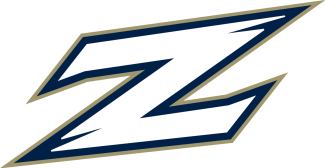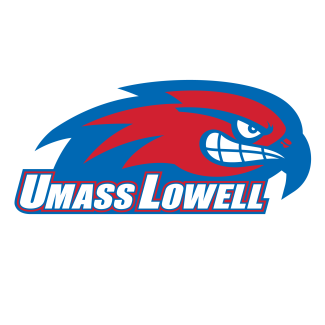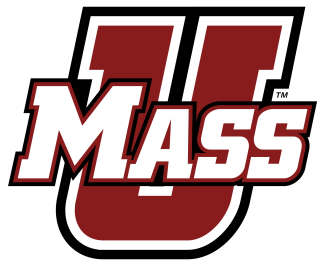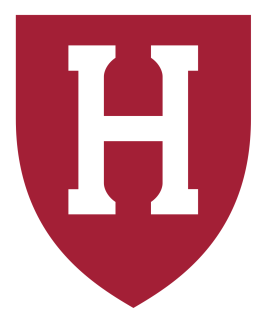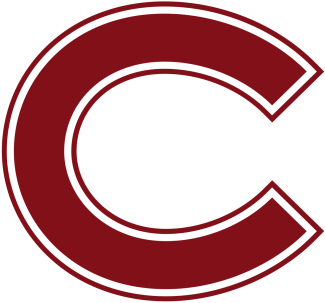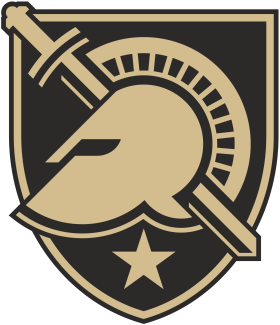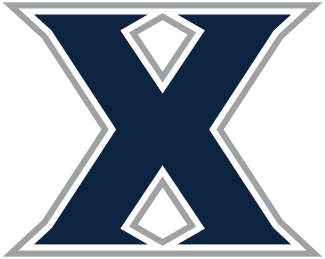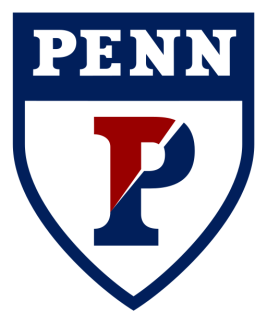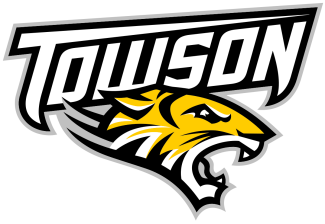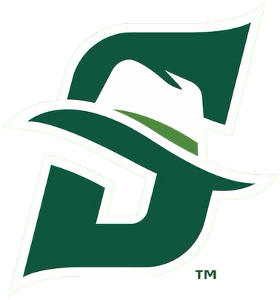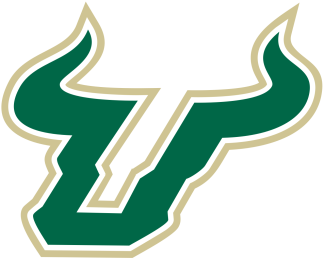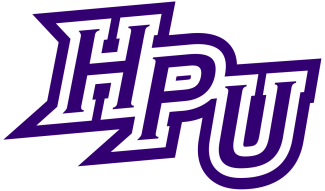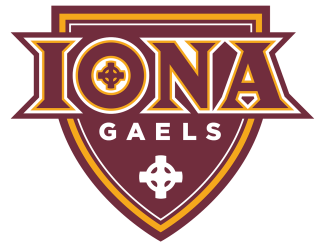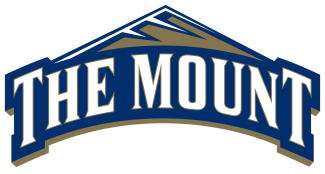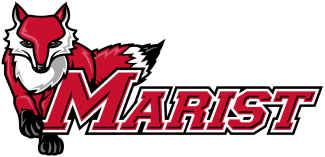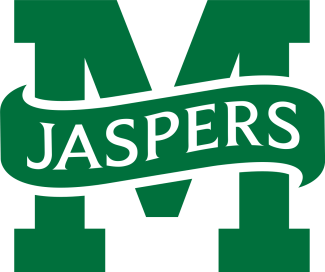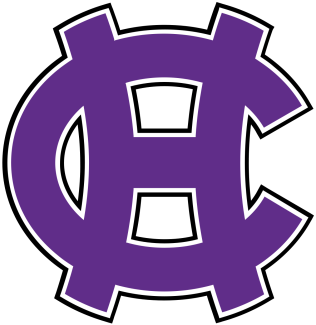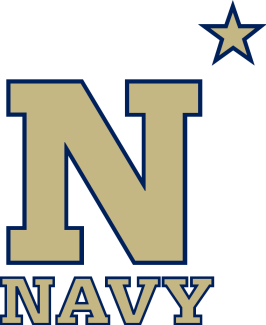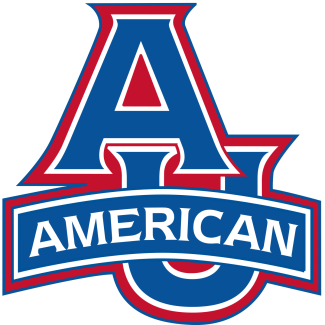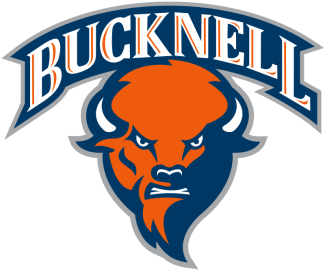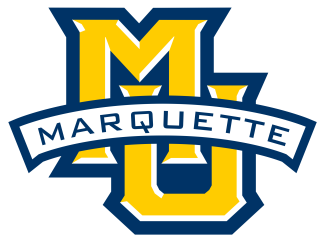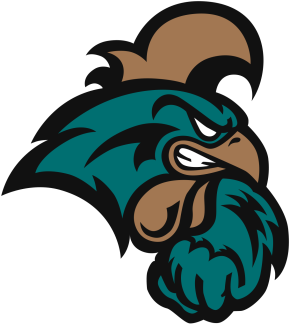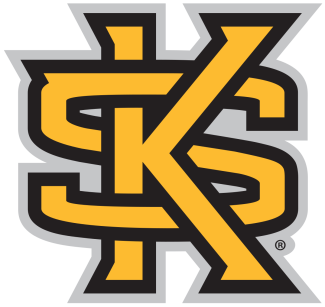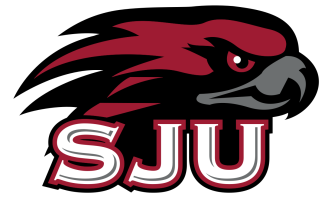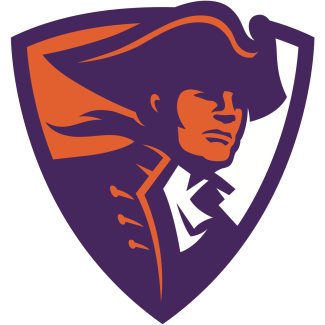The Proposal
Proposal No. 2016-26 has plenty of support, but is it enforceable? It’s also just one of 42 recruiting propsals submitted to the NCAA Legislative Committee last year, with several other sports seeking similar reforms.
Scalise argued that adopting the measure would allow compliance officers to use lacrosse as a pilot program “which would inform a bigger, broader reform movement down the road.”
Previously existing NCAA rules on communication like emails could help, said Tricia Turley Brandenburg, the deputy director of athletics at Towson who also is president of the National Association for Athletics Compliance and sits on the NCAA Legislative Committee.
“We have plenty of rules on the books that are challenging to enforce,” Brandenburg said.
History
Minutes from a 2008 IWLCA meeting show a proposal barring verbal or written agreements before the end of a prospective student-athlete’s junior year. It never made it into the NCAA legislative cycle.
A 2009 IMLCA proposal to keep recruits from visiting coaches on campus before a specified date was considered too sport-specific by the NCAA. In 2012, the IMLCA ran into the legislative moratorium, Voelker said, in its proposal to limit recruiting contact until after sophomore year.
Early commitments escalated furthermore during the NCAA’s four-year moratorium on all legislative proposals. Spencer Parks (North Carolina) was the first sophomore to verbally commit in December 2009. In November 2012, Forry Smith (Johns Hopkins) became the first freshman to commit. Caitlyn Wurzburger
(Syracuse) became the first eighth-grader from either gender to commit in January 2016. Brennan O’Neill (Penn State) became the first eighth-grade boy to commit in March 2016.
In September 2015, the IWLCA Recruiting Issues Committee, led by Kimel and Penn coach Karin Corbett, submitted two proposals to the NCAA. The first amended the recruiting calendar and extended the dead periods when coaches could not recruit, and the second prohibited recruiting contact with prospective
student-athletes until Sept. 1 of their junior year. That second proposal followed extensive surveying of their coaches and the lacrosse community, and 85 percent of coaches approved the measures. The IMLCA endorsed the recruiting proposal in December 2015.
The NCAA Student-Athlete Experience Committee voted in April 2016 for bans on unofficial visits and off-campus contact, but no restrictions on incoming telephone calls. College coaches saw this as a loophole that would render their proposal useless. They lobbied NCAA DI Council members about the importance of keeping the proposal intact, and Stenersen penned a poignant letter fighting for its approval.
The lobbying efforts of the lacrosse community were rewarded when the NCAA DI Council supported the entire proposal, adding back in the telephone call ban, in June 2016. That move put the proposal into this year’s legislative cycle.
